|
In this month's issue:
Upcoming Events
New National Youth Preparedness Council Members
Heat Safety
Wildfire Preparedness Resources
Prepare in a Year - Fire Safety
Youth Preparedness Workshop
Wednesday, July 7th, 2021 from 1 - 3 p.m. PT via Zoom
Join the FEMA Region 10 Youth Preparedness Council as they host a unique, two hour virtual workshop focused on learning what Community Emergency Response Team (CERT) is and basic disaster medical operations that can be used in an emergency.
Students that complete the course will have the option to be mailed educational disaster preparedness materials and a certificate of completion from FEMA Region 10. Intended audience: 8th-12th grade students.
Registration Link
Organizations Preparing for Emergency Needs (OPEN) for Senior Care Providers and Organizations
Tuesday, July 20, 2021 from 9:30 - 11:00 a.m. PT via Adobe Connect
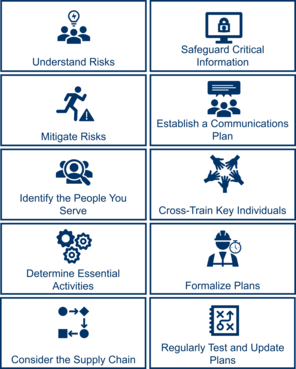
OPEN is a course created by FEMA, geared towards community based organizations that want to prepare for disasters. This Region 10 delivery will be focused/tailored to senior care providers and organizations, though any organization is welcome to join!
This class helps organizations:
- Identify risks
- Learn essential preparedness actions
- Locate available resources to execute preparedness actions
Participants will learn about preparing for organizational disruption during a disaster or emergency and the 10 actions they can take to make their organization more resilient. Join us! Register today.
Registration Link
|
K019 Shelter Field Guide Training for
State and Local Communities
Multiple dates and times; see below links
This course was developed by the American Red Cross and the Federal Emergency Management Agency (FEMA) to train participants in sheltering practices and techniques. This course is held for 10 hours over 2 days.
Offered at no cost by FEMA’s Emergency Management Institute (EMI), the course is delivered completely online via Adobe Connect, to students who have a FEMA Student Identification number (SID). Visit the FEMA Student Identification System to obtain a FEMA SID number. To take the course, students must have a computer with microphone, speaker, and stable access to the internet.
Prospective students should apply through the Emergency Management lnstitute’s online admissions system and must also register for the course by clicking on the link here: form.jotform.com/211375851576058
Preparedness for Older Adults Recordings Available!
Thank you to everyone who took the time to attend the Preparedness for Older Adults Webinar Series. If you were unable to attend or are interested in viewing the webinars again, please click on the dates below for links to the recordings:
June 22: Individual Preparedness
June 24: Social Support Networks
National Youth Preparedness Council
 FEMA announced the 2021-2022 Youth Preparedness Council (YPC) members and two are from FEMA Region 10, Shivani Jayaprakasam of Washington and Miles Butler of Idaho. FEMA created the council in 2012 to bring together diverse young leaders interested in strengthening disaster preparedness across the nation and within their communities. Both members previously served on the Region 10 YPC for two years and are excited to continue their preparedness efforts on a national level!
Read more about Shivani and Miles.
Shivani had the opportunity to interview with local Seattle news station, King 5, for her upcoming role as National Youth Preparedness Council member and shared how she became interested in preparedness after experiencing a typhoon.
Watch Shivani on King 5 News
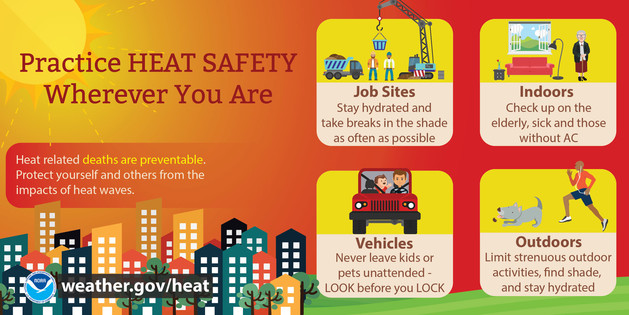 With temperatures rising over the coming months, remember to take extreme heat safety measures for you and your family. Whether you're out getting some sun or at home without air conditioning, you want to be prepared.
Learn how to handle excessive heat advisories and keep the following in mind:
- Hydration Tips
- Gather Supplies
- Keep your home cool or find somewhere to go
- Stay Connected
- Take care of yourself and your family
Follow this link to learn more.
Heat Impacts
Recognize the signs of heat exhaustion and heat stroke and how to stay safe. While everyone is at risk from the dangers from extreme heat, these groups are more vulnerable than most.
- Pregnant women
- Newborns and children
- The elderly
- Those with chronic illness
Age and certain conditions make the body less able to regulate temperature. Remember to check in on friends, family, and neighbors!
|
|
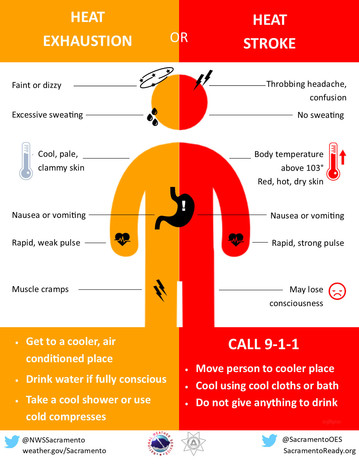 |
Pet Heat Safety Tips
As temperatures continue to rise and we enter the hottest months of the year, plan for all members of the family, including your pets! To learn more about pet heat safety, follow this link to the American Humane Society.
Some basic tips:
- Know signs of overheating
- Keep your pet hydrated
- Don't leave your pet in the car
- Keep paws away from hot pavement
|
|
 |
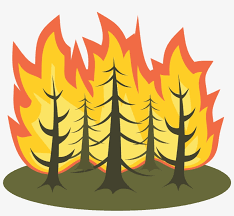 |
|
OSU Forest and Natural Services Extension Program - Wildfire preparedness
Oregon State University's Forest and Natural Services extension program aims to offer a comprehensive and cohesive approach to a Fire Program for all Oregonians. The link below will lead to the current webinar page and recordings of past webinars. Keep an eye out for additional information and resources.
Link to webinar page
|
Oregon Department of Forestry Site
Oregon Department of Forestry's mission to protect, manage and promote stewardship of our forests begins with fire prevention. Browse the site below for additional fire prevention and safety tips whether you're at home, at work, or recreating.
Link to Oregon Fire Protection Site
|
|
 |
 FIREWISE USA
Every year, devastating wildfires burn across the United States. At the same time, a growing number of people are living where wildfires are a real risk.
While these fires will continue to happen, there are things you can do to protect your home and neighborhood, as well as strengthen your family’s safety. The Firewise USA® program is here to help you get started.
Learn more about how to protect your home, how to get involved, and wildfire preparedness.
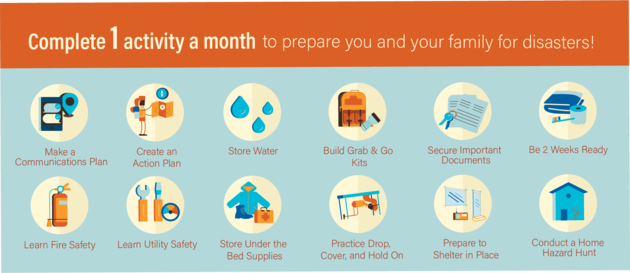
See pages 13-14 of the Prepare in a Year Guide for more information
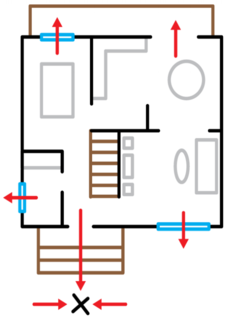 |
|
Home fires can occur anytime. The fall and winter months see an increase of home fires. Here are some tips for what to do to before, during, and after a home fire.
- Fires in homes are most often caused by cooking accidents, smoking indoors, fireworks or unsafe use of woodstoves or space heaters.
- Smoke detectors and carbon monoxide detectors should be tested once a month and the batteries should be replaced every six months.
- Smoke detectors should be replaced every 10 years. If the fire is too big for you to handle, immediately get out of the house.
- Don’t stop to gather anything or to do anything. Call 911 from outside! Once outside, stay outside.
|
|